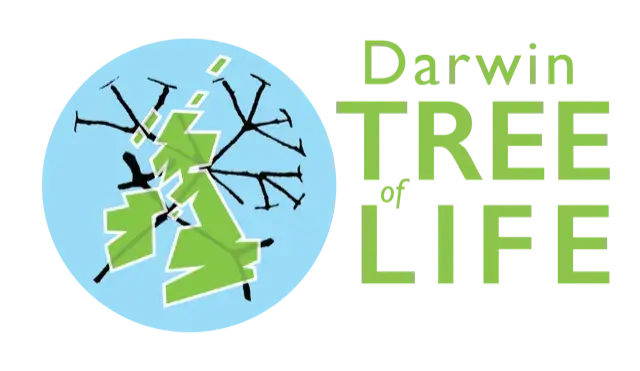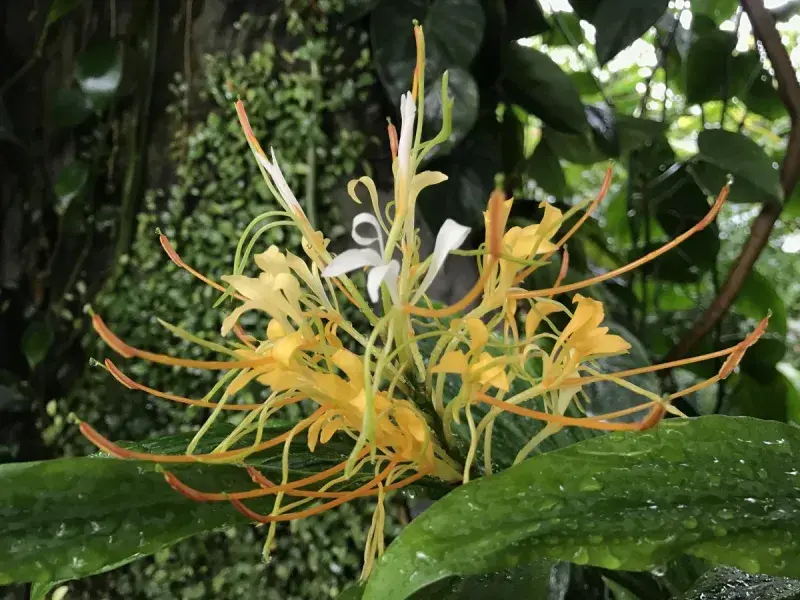Plants demonstrate a remarkable range of adaptive variation: from growing in some of the harshest environments on earth, to finding remarkable sources of nutrients through parasitism or carnivory. We are using new genomic approaches to find the genes underlying the major adaptive transitions.
Parasitism is a remarkable trait that has involved numerous times independently in different plant groups. In 2015, we were awarded a NERC International Opportunities Fund grant to generate preliminary data on the genetic basis of plant parasitism in the hemiparasitic plant Euphrasia. In collaboration with Claude dePamphilis, Rob Ness, and Galina Gussarova, we have sequenced a draft genome, plastid genomes, and are generating RNA-seq data from plants with and without suitable hosts. This research is aimed to understand the genetic changes associated with the transition to a parasitic lifestyle.
Claude dePamphilis | Rob Ness | Galina Gussarova
One dramatic yet surprisingly common transition in plants is from perenniality to annuality. In my post-doc with Jannice Friedman in Syracuse University, Upstate New York, I studied the genetic basis of this transition in the common monkey flower Mimulus guttatus. We showed that a major chromosomal inversion maintains this life-history difference across the species range despite high levels of gene flow. These results (see papers linked below) add to our growing knowledge of the genetic basis of divergence with gene flow.
Adaptive divergence in the monkey flower Mimulus guttatus is maintained by a chromosomal inversion
The extent and genetic basis of phenotypic divergence in life history traits in Mimulus guttatus




